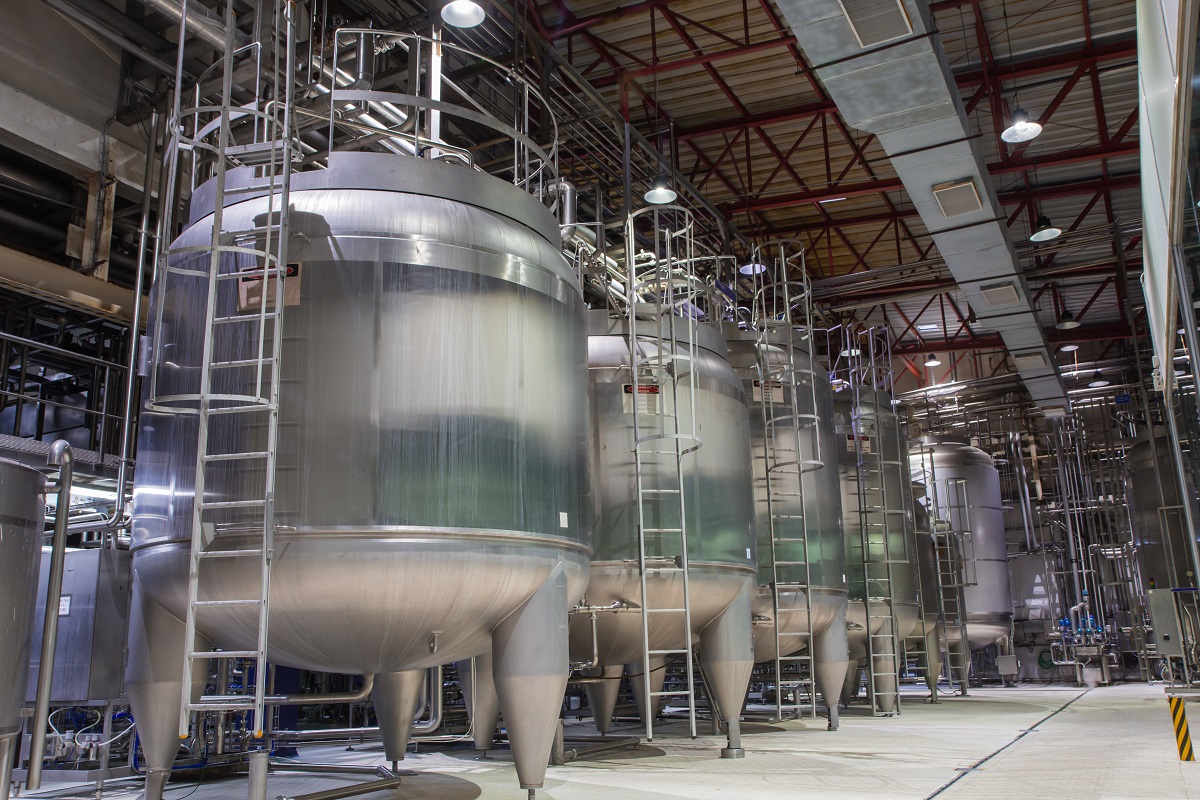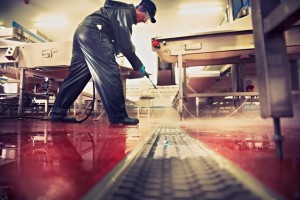What might be seen as an oversight in design could be costly for Hygiene Purposes…
Evolving hygiene standards can certainly be a challenge when ensuring factory design and layout follow best practice, changing the way that parts of factories processing ambient foods are designed initially.
Added to which the changing behaviour since COVID-19 darkened our doors and food processing plants.
John Holah, technical director for Holchem and executive committee member in the European Hygienic and Design Group, told foodmanufacture.co.uk in an interview “In the past, hygiene controls were largely based on the ability of a pathogen to grow in food prior to consumption.” Now he states, with products such as peanuts or chocolate priorities change to preventing the survival of something like salmonella. A new approach is now being taken to tackle what were low-risk areas.
Although hygiene goalposts have moved, even in new-build plans, hygiene considerations may not have been given the required attention at initial design stage. To work that into an already cost cutting capex project is easier said than done – indicating somewhat out of date perceptions regarding the significance of food contamination for a brand or supplier.
5 aspects to microbiological control:
- Barriers that prevent pathogens getting into the production area
- Infrastructure which does not allow their growth
- Production systems which limit cross-contamination
- Effective cleaning and disinfection
- Systems to monitor and verify all of these controls.
Today, poor design is more of a contributing factor of allowing pathogens into the factory.
These include quality and stability of the foundations (or lack of) – movement loosening internal finishes leading to cracks in floors and walls, aiding to harboring of water and bugs.
Lack of proper floor and drainage systems can create channels that may harbor pathogens such as listeria – a way to avoid this is to get the flooring and draining contractors to work together so you end up with a crevice free result.
Having a production team leading the design can often mean drainage and infrastructure requirements are overlooked compared with that of efficiency and output – especially where budget constraints are in place, tighter budgets often work out less favorably for improved hygiene.
Hygiene challenges in modern factories can also come down to cleaning processes and the use of harsher chemicals – taking a harder toll on paints, epoxies, fibreglass and metals. Chemicals being an integral part of one machine’s cleaning process, may in fact be detrimental to the machine next to it.
Issues can also be traced back to lack of training opportunities, including a lack of hygienic design courses for welders. Have you any experience of this?
For the full article, visit foodmanufacture.co.uk
Image: chtdata.com


